One of the key benefits of new OLED displays is that they emit 70% less harmful blue light.
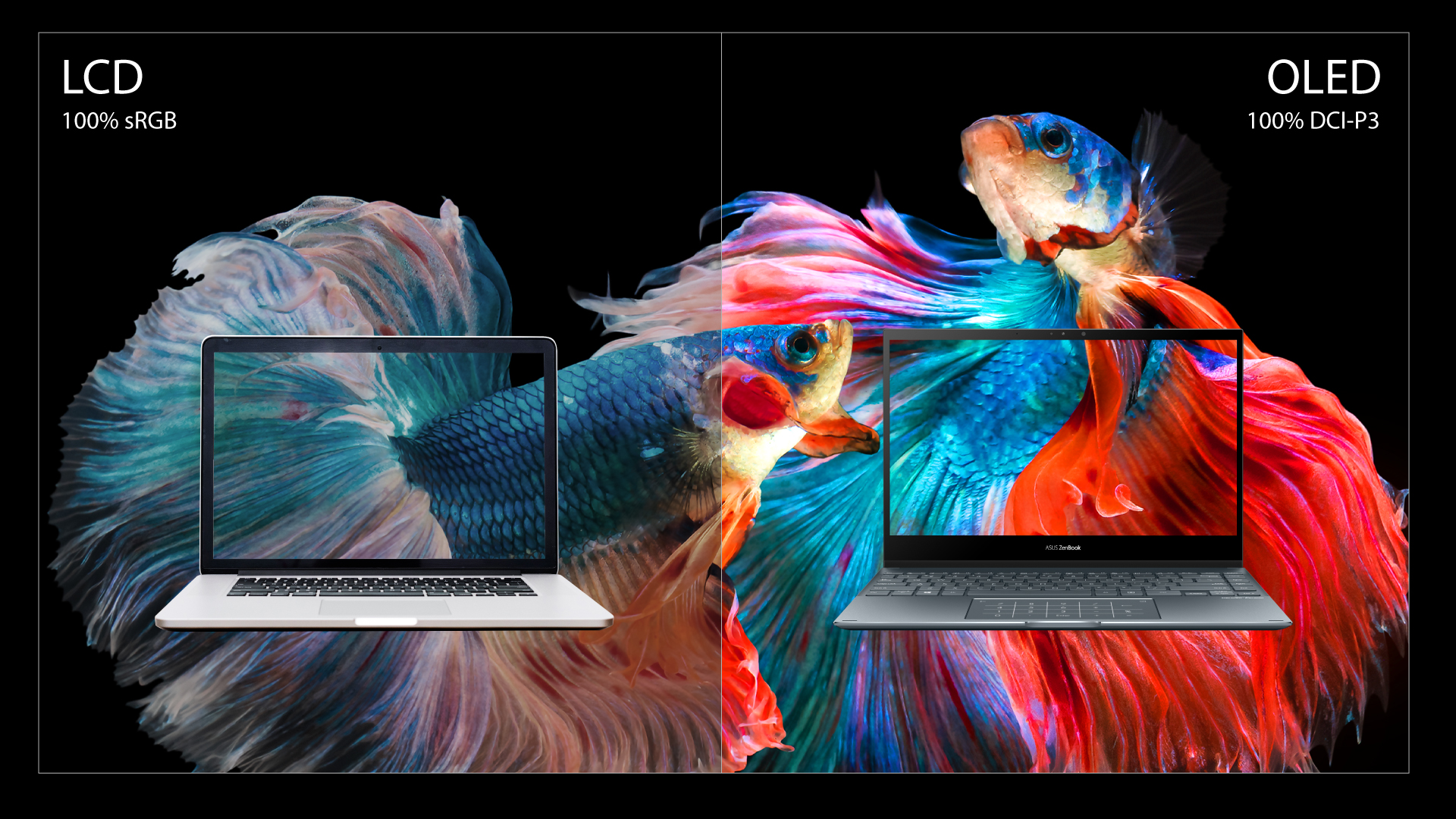 OLED displays represent one of the most important changes in the laptop industry in 2021. While this new display tech first started to arrive in the market in 2019, this year has proven to be a real breakthrough. ASUS now offers one of the biggest and most impressive OLED laptop lineups, and these laptops are already available in stores around South Africa.
OLED displays represent one of the most important changes in the laptop industry in 2021. While this new display tech first started to arrive in the market in 2019, this year has proven to be a real breakthrough. ASUS now offers one of the biggest and most impressive OLED laptop lineups, and these laptops are already available in stores around South Africa.
OLED displays are much more eye-friendly. Until recently, customers didn’t have a choice – as all laptops had LCD displays. While LCD displays provide splendid image quality and wide viewing angles, with great refresh rates for gaming, they are not so good at eye care. And this is where OLED displays really shine through.
Here are 5 key benefits of OLED displays:
- OLED displays provide best-in-class colours
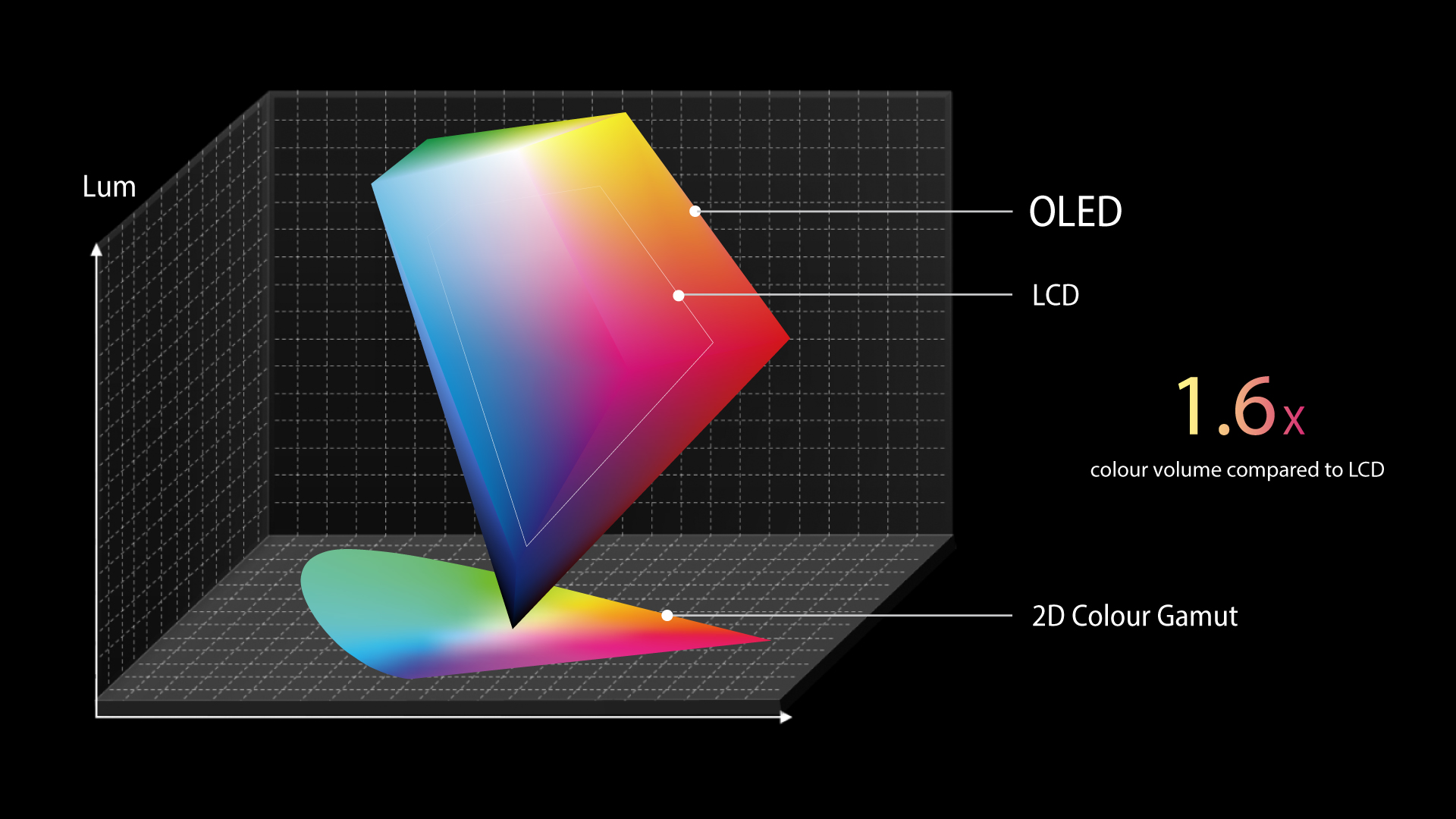 Colour accuracy and saturation are the most well-known benefits of OLED displays. These qualities have been proven in TV sets and smartphones in recent years – and now those benefits have come to laptops!
Colour accuracy and saturation are the most well-known benefits of OLED displays. These qualities have been proven in TV sets and smartphones in recent years – and now those benefits have come to laptops!
The difference between LCD and OLED is, in part, that OLED displays are Pantone validated and support 100% DCI-P3 colour gamut coverage — which is cinema-grade quality. Thus, the colours reproduced on the display are richer and more vivid.
An OLED display is ideal for colour-intensive projects, but also enhances any kind of content.
- True blacks
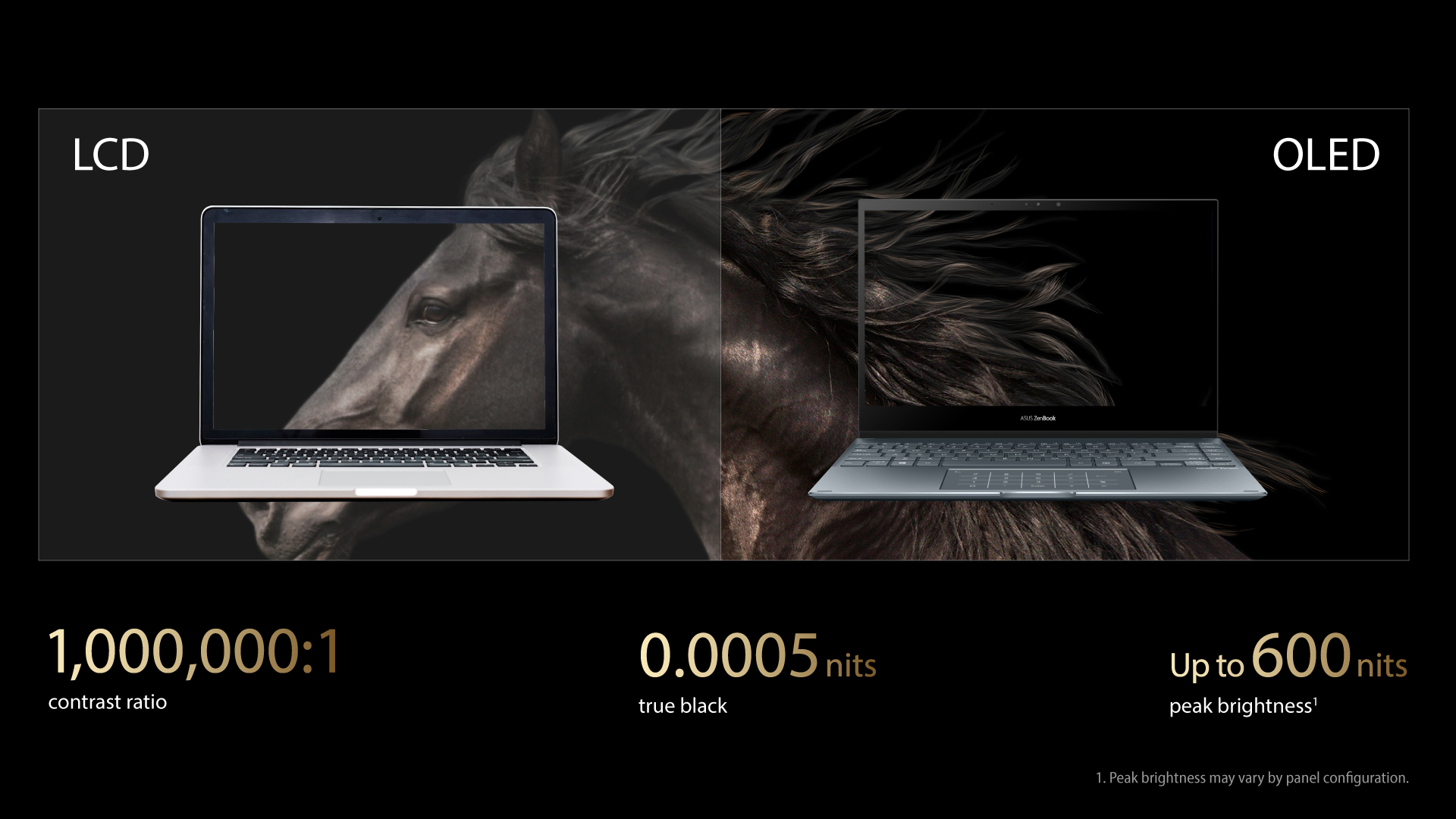 Thanks to some brilliant technology, OLED displays have the best true blacks you can get on a flat-screen.
Thanks to some brilliant technology, OLED displays have the best true blacks you can get on a flat-screen.
An OLED display doesn’t need a special backlight to make the image visible like the LCD display does. Instead, each pixel (and subpixels) lights up and down individually — through a process precisely controlled by a panel driver. This means that in order to show a black colour, the panel driver simply powers off the pixel.
- HDR mode
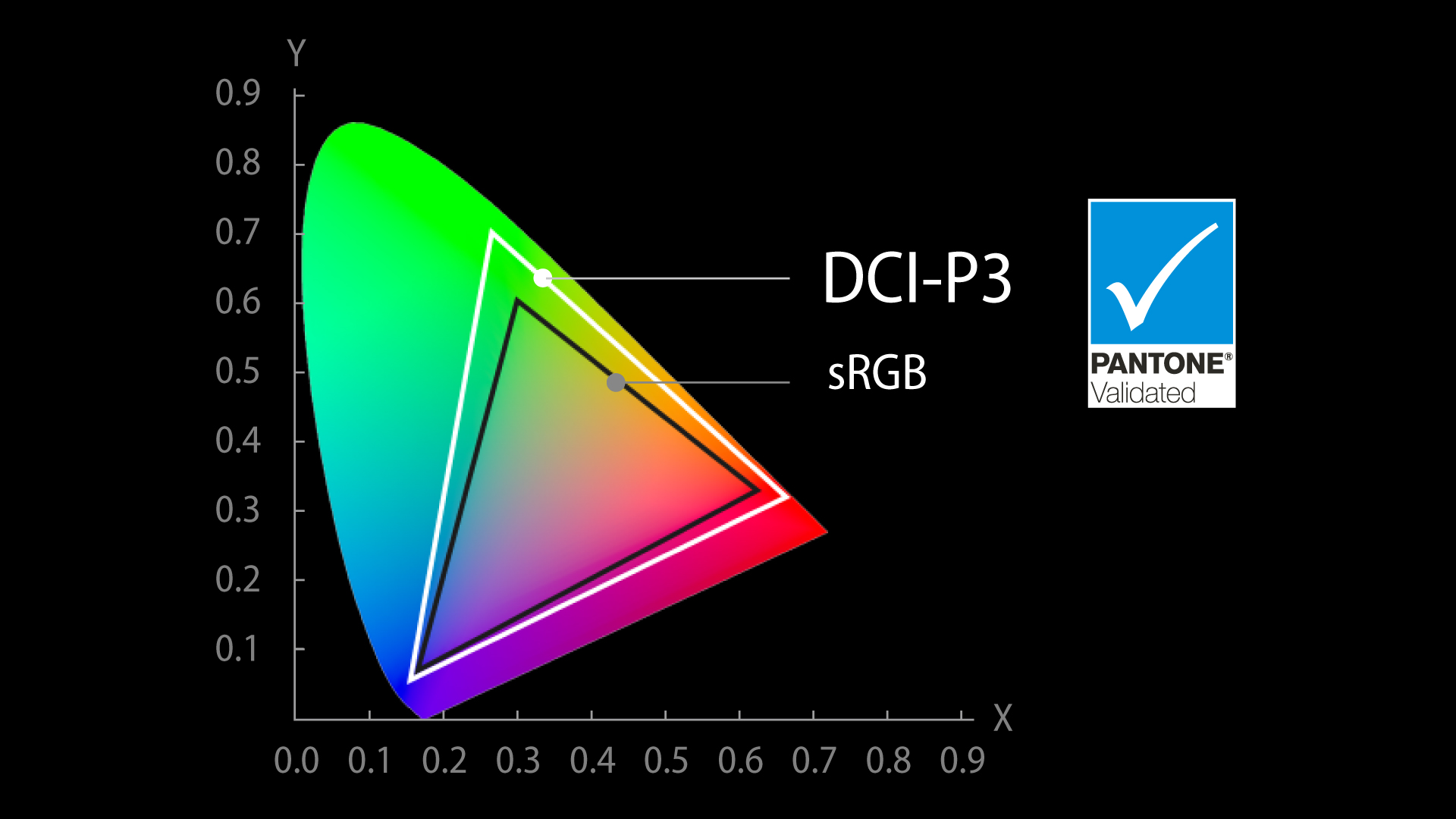 Every OLED laptop supports HDR mode by default. All you need to do is open Windows settings and go to the Display tab; then toggle to HDR mode.
Every OLED laptop supports HDR mode by default. All you need to do is open Windows settings and go to the Display tab; then toggle to HDR mode.
Try using it with YouTube or Netflix HDR-certified content – it’ll change the way you watch movies and shows.
- Low blue light
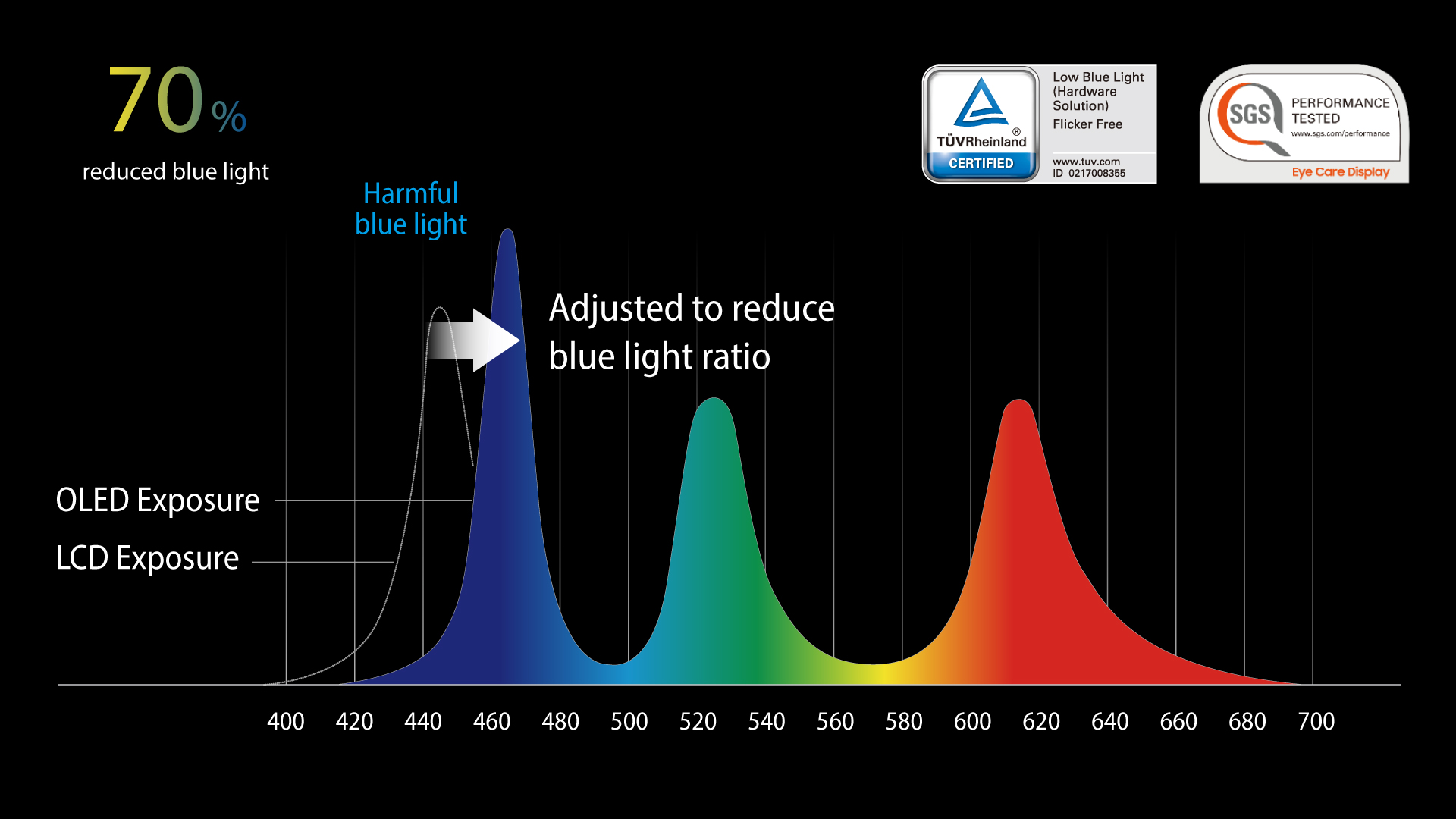 All LCD panels in consumer-electronic devices such as laptops or smartphones emit blue light, which impacts the retina and can lead to eye strain in the long term.
All LCD panels in consumer-electronic devices such as laptops or smartphones emit blue light, which impacts the retina and can lead to eye strain in the long term.
That’s why it is important to limit the time we use our gadgets and stare into their screens.
OLED displays emit 70% less blue light than traditional LCD displays. The great potential health benefit for the eyes is why ASUS is pushing this technology across its entire PC lineup along with the latest 11th Gen Intel® Core™ i7 and Intel®️ Evo™️ processors!
A laptop with an OLED display is, therefore, a great investment for the future – not only because of fantastic colours and true blacks but also because it helps protect our eyes. And because children’s eyes can be especially sensitive to blue light, this benefit alone is a great reason to choose an OLED display for your child.
It should be noted that even though you can change the colour temperature of most LCD displays — for example, to make the display warmer — it still isn’t possible to reduce harmful blue light to the extremely low levels that an OLED display emits.
Furthermore, the colour expression for OLED displays stays the same even at lower brightness, while LCD colours degrade significantly. Likewise, ASUS OLED laptops are able to show great detail at lower brightness settings. This means you can see the content more clearly without having to turn up the brightness — which in turn means that your eyes are exposed to even less blue light.
- Superfast response time
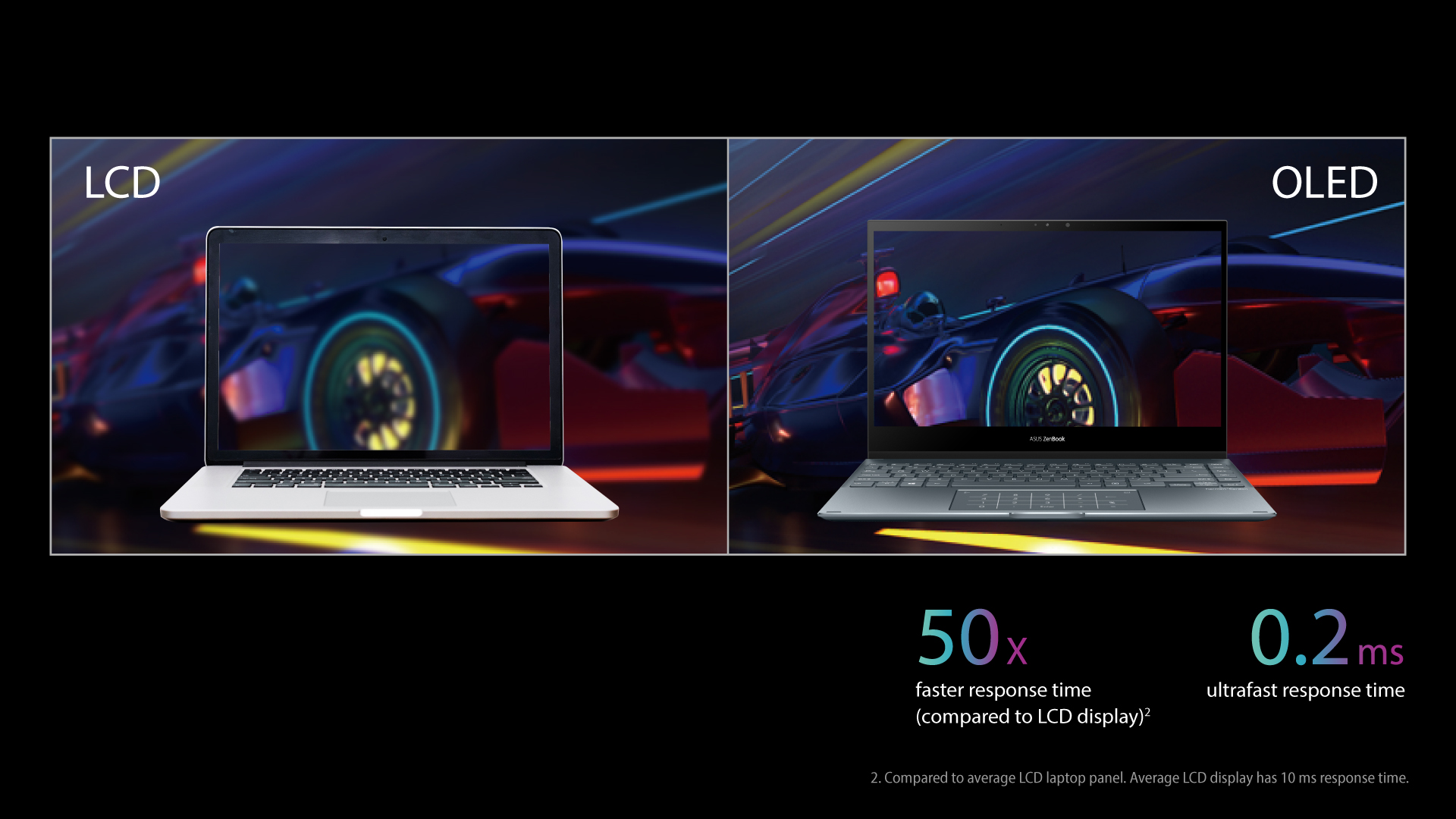 ASUS OLED displays have an ultrafast 0.2 ms response time. This is up to 50 times faster than the average laptop LCD display.
ASUS OLED displays have an ultrafast 0.2 ms response time. This is up to 50 times faster than the average laptop LCD display.
This ensures smoother fast-paced action scenes, low-latency gameplay, and subtle details like blur-free text scrolling.
It should be noted that OLED displays can’t currently provide the extreme refresh rates that LCD displays enable – something gamers seek. But OLED technology is advancing quickly, and ASUS expects to be able to offer up to 120 Hz refresh rates in its OLED laptops soon.
The ZenBook Flip 13 OLED (UX363) is available now at Incredible Connection from R24,999!



